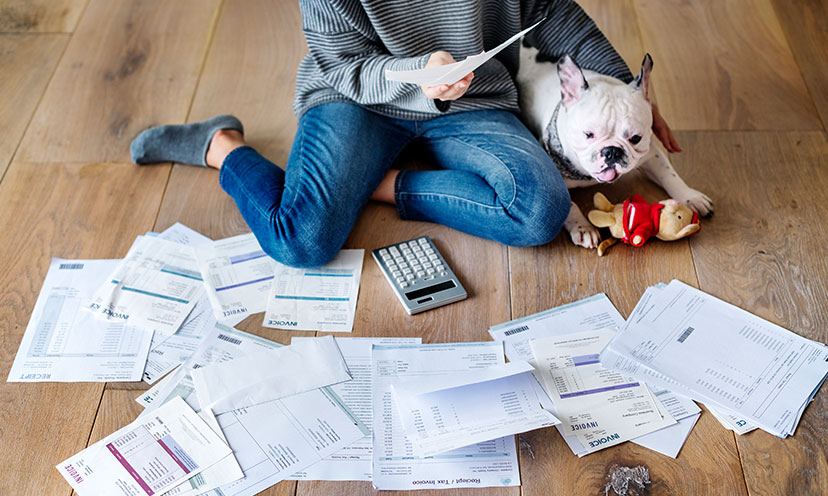The Avalanche Method
When you have a lot of debt, starting to tackle it can feel like an impossible task. However, with
this method, it should always be your priority to hit your highest-interest debts (after paying the minimum amount due on all of your accounts first). Regardless of whether these high-interest debts are large or small, getting rid of them right away will keep interest from compounding your debts further.
Take some time out of your day to
make a list of your debts, going from highest interest to lowest interest. This
will be your to-do list for tackling your debts. Tackle the top entries on the
list first, and go down the list until you’ve eventually reached the end! This
can take months or even years, but take heart in the fact that you will
eventually get to the end.
The “avalanche” method is often
considered the “best” way to get rid of your debt if it’s a method that works
for you. The reasons why are:
- Eliminates your interest payments fastest
- Keeps you from accruing more debt
- Acts like an “avalanche,” where you see the most effect towards the end
The Snowball Method
The “snowball” method is like the
avalanche method that we mentioned above but different in that its focus is to
eliminate your smallest debts first. The appeal of the snowball method is that
it makes you feel successful right away as you pay off your debts, and this can
be important for people who suffer from motivational troubles.
However, the snowball method is
not as effective for paying off your debts. With this method, you will end up
paying more interest over time than you would with the avalanche method.
However, despite that, it’s still a viable way to pay off debts, and it may
still be a good solution for people that need extra motivation.
The snowball method does excel in one situation: if you have many small debts to pay off, but not many large, high-interest debts, it may be better to tackle them from smallest to largest instead. After all, if you have many small debts to pay, high-interest rates will have less of an effect on the accounts anyway. Paying off your small debts first helps you focus your efforts on having fewer debts, too.
Ditch Your Credit Cards
It’s never a good idea to cancel
your credit cards because doing so can affect your credit score, but if you
have cards with high-interest rates that frequently add to your debt, do your
best to stop using them so much! Instead, use those credit cards for small
purchases that you
know you can pay
off at the end of the month. Do not use them for large purchases that will take
time to pay off.
If you already suffer from a large amount of credit card debt, you can think about transferring your debt to a credit card with a
first-year 0% interest rate. This balance transfer will give you time to pay off your credit card debts without adding interest on top of it, but only do this if you know you can pay off your debt within that introductory period! If you don’t, you will be right back where you started.
Balance transfers are a great idea, but remember that you will likely need to pay a transfer fee for this method. Make sure your interest savings outbalance the fee you’re going to pay, too.
Debt Consolidation
If you’re someone that has many
debts to pay, the sheer number of bills coming your way can sometimes feel
overwhelming. Thankfully, there are ways to lessen the stress caused by
numerous debts and put everything toward one bill every month. This
debt-elimination method is called “debt consolidation,” and it’s exactly what
it sounds like: pooling all your debts together into one.
With
debt consolidation, you usually use a personal loan or a specific debt consolidation service. These services give you money to pay off your current bills, and you pay the money you borrowed back to the lender over a predetermined amount of time. Interest rates for these loans aren’t the lowest out there, but they usually beat credit card loans, meaning they will likely save you money on interest payments.
Debt consolidation is also an
excellent option for several other reasons, such as:
- Reduces your debt
overload when there are multiple sources
- Personal loans are
good for your credit (credit card debt isn’t)
- Paying for a personal
loan on time every month improves your credit score
The downside with a debt
consolidation loan is that it puts you in charge of a lot of money. If you
don’t feel like you can use your consolidation money responsibly – that is,
putting it towards your existing debts instead of purchasing new things – it
may not be a good option for you. Also, there will be fine print around the
terms of the loan, so make sure you’re fully informed before signing any
contracts!

